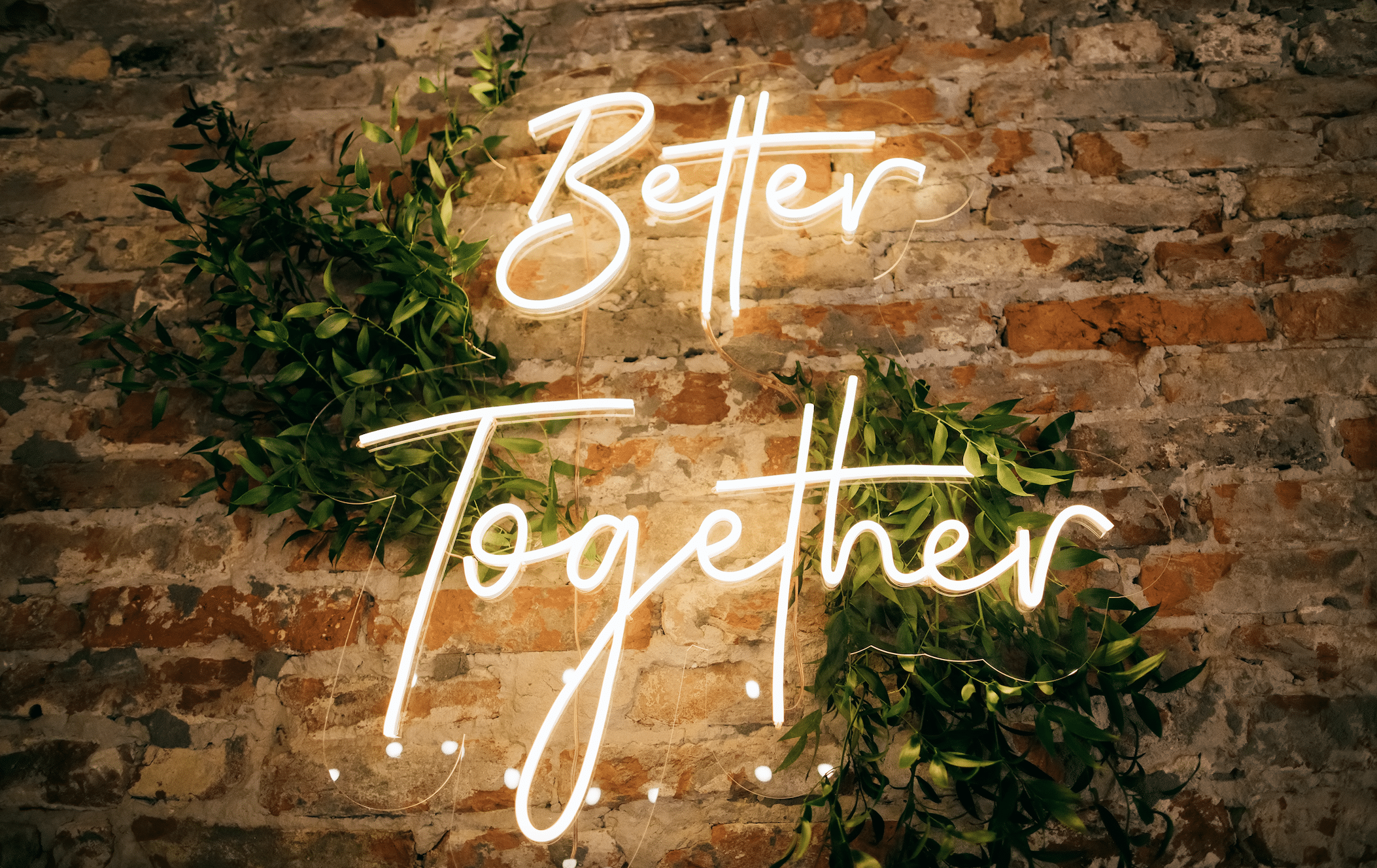Employer Branding in the New Normal: 5 Measures to Remain Competitive

I have summarized for you which sensible measures companies in the “New Normal” need to better maintain or take now in order to remain competitive, and which new opportunities can arise from this.
1. CEO and CHRO as new Power Couple
In recent months, HR has taken on an even more important role in the fabric of the business. Completely decentralized teams suddenly had to be organized in a completely different way than they were when they were present. It was not just a matter of organizing tasks and virtual meetings, but also the physical and mental health of the employees. But it wasn’t just keeping the existing team together that was a mammoth, energy-sapping task. Virtual recruiting and onboarding of new talent also presented many companies with sudden challenges. Previously, HR often simply ran alongside, but in the Corona pandemic it had now arrived at the C-level.
“We were already set on regular home office and location-independent working before Corona. But especially this year – a time when our team very rarely saw each other in person – we realized that, in addition to the right tools and a lot of trust, another competence is needed, that you need more hands overall to keep a team (…) together. Especially new employees (…) need particularly intensive communication, value transfer and optimized processes”,
Miriam said in a statement for W&V back in 2020. The reason for this was the appointment of our longest-serving team member Julia to the new position of Head of Onboarding, a position that in a sense can already be described as Chief Human Resources Officer.
And even two years later, this position has proven to be very valuable for us and we can no longer imagine our management team without it. HR has become an indispensable partner at the leadership level, and not just for us. If organizations want to position themselves as future-oriented employers and place their workforce at the center of their value communication, they would be well advised to continue to rely on positions such as a CHRO in the future.
2. HR as Storyteller and Culture Shaper

And HR will also have another task in the future: building personal as well as cross-team relationships and promoting corporate culture.
How is our organization different from others? What makes it a first-class place to go for applicants and a great “work home” for our employees? What role does my company play in the new world and what role will I play in it?
Storytelling is an important tool in HR marketing for positioning a company as an employer brand both internally and externally. On the one hand, for employee retention, and on the other hand, of course, for recruiting. The best way to convey an authentic and likeable image of the employer brand is through the company’s own employees. After all, they are the best narrators of their personal hero’s journey, in which the company supports them as a mentor. HR managers need to create regular opportunities to hear and collect these stories within the company.
This can take place in team-building measures, such as our “Corporate Campfire“, but also in regular check-ins, weekly meetings or other gatherings. These anecdotes, both big and small, can then be passed on via internal communications, such as the intranet, a brand book, employee magazine or newsletter. On the other hand, via external channels such as the career site or social media.
Find out here why storylistening is a wonder weapon in employer branding and why every team should collect stories.
3. Office Branding as Employer Branding

I admit it. Since the beginning of the Corona era, we have also treated our headquarters rather stepmotherly. Why should we, when most people in the “new normal” prefer to stay in their home offices? After all, employees often feel they are more productive at home and don’t want to miss out on the benefits of a work-life balance. At the same time, however, they long for their beloved colleagues and the social life in the office.
But in order for the journey from the farm in Brandenburg, as in the case of our team leader Manja, or as a mother of two small children, as in the case of our Head of Onboarding Julia, to be worthwhile, companies have to design the office in such a way that, on the one hand, productivity is possible and, on the other, a place of creative and social interaction is created. In my opinion, this hybrid work paradox, as described by Microsoft CEO Satya Nadella, can only be tackled together. Top-down decisions only create frustration when the needs of individuals are ignored. For example, we decided in a long joint process how we want to collaborate in the future.
On the other hand, it’s again about creating occasions that make it worthwhile for employees to make the trip to the office. Our free biweekly massages usually bring together a lot of Mashies, as do our monthly karma lunches and team events once a quarter. In addition, our team spirit is fortunately such that many colleagues enjoy spending time together outside of work and therefore initiate get-togethers of their own accord, such as our irregular regulars’ table or joint culinary excursions into Berlin’s gastronomic scene after work. The prerequisite for this is, on the one hand, that the corporate culture is prepared for this in advance, and on the other hand, that HR and management in particular make these occasions possible.
4. Internal Recruiting – Check-Ins and Retention Interviews

Every HR professional can certainly tell you a thing or two about it. The willingness to change jobs has increased significantly in the pandemic, especially among younger and female employees. Many even quit without having a new job in sight. We have not been spared from this either. On the one hand, retaining existing employees is important for the working atmosphere; on the other hand, it also costs companies less than searching for new personnel and training the newcomers. That’s why HR managers should not only invest a lot of time and money in recruiting, but also see employer branding as a tool for the existing workforce.
In addition to the aforementioned storytelling occasions and get-togethers, regular check-ins and feedback sessions play an important role here. And not only for the newcomers, but also for the existing team. Especially the “old hands” may hit the supposed career ceiling at a certain point or fall into a motivation slump. In this case, the HR department has to promote new interests in the form of further training, but also point out other career paths within the company. Would our Head of Onboarding Julia have believed that she would still be working at Mashup Communications after ten years? Probably not in her position as a PR consultant at the time. But her experience and personal skills helped to recreate this position and fill it with life.
5. Diversity is Mandatory, not Voluntary
It is not only the shortage of skilled workers that is forcing companies to rethink their recruiting. It is the rise of a young generation that fortunately demands and represents diversity in society and ergo in organizations. Anyone who takes a look at the composition of the DAX executive boards or the presentation of employees on their career pages knows that there is still a lot to be done.
As our Visual Storytelling Report in Gender Contrast proves, companies are often not even aware of their visual language. Whether and how employees are shown on career pages can be decisive for whether someone feels represented there and applies. And even if diversity is not yet a given in departments, companies should make every effort to realize it in the future. They will be rewarded not only with a more inclusive culture of values, but also with new, motivated employees who will drive the business forward in the brave new world of work.
Also worth reading: How companies create an inclusive culture through storytelling
Share this article










